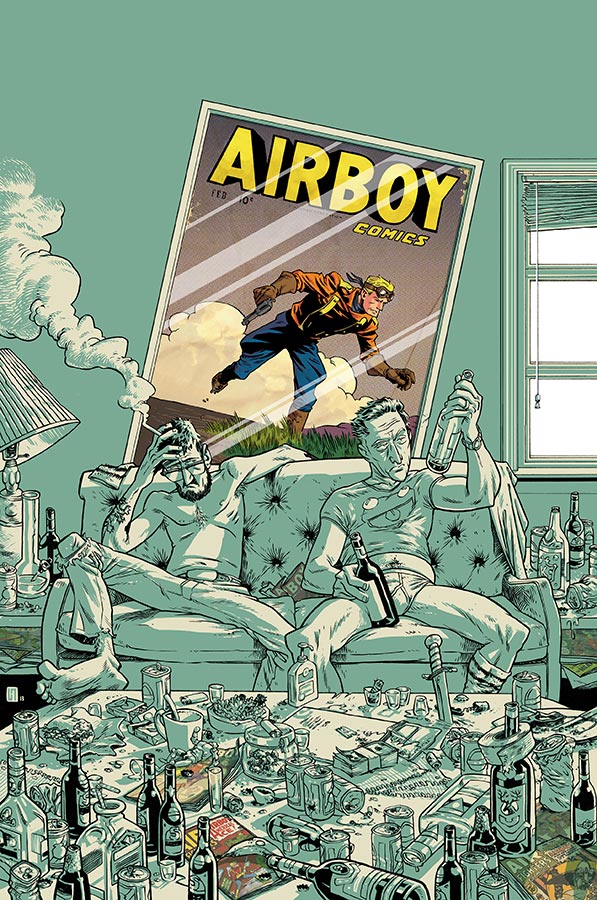Videos by ComicBook.com
All of these elements as well as the basic story itself and manner in which it is told combine to create a comic that feels very real and grounded.It’s also telling a story that is smaller and more personal than many comics I’ve read.At its heart, it seems like this is and will be a story about Robinson’s own creative process and career with the introduction of the fantastical element of Airboy’s appearance helping to illustrate Robinson’s relationship with Golden Age comics and coming to terms with that relationship.Robinson’s writing is great here and the naturalistic dialogue supports the tone and scale of the book.This is a delightful change of pace as most comics I’ve personally read are about bigger things, superheroes often making for adventure on the cosmic scale.Even the nonfiction/autobiographical comics I’ve read (e.g., Maus and Persepolis) deal with bigger historical and cultural events in addition to or viewed through the experience of one individual.
The coloring, also by Hinkle, is great too.Most of the book is done in monotone or with just a couple of colors playing against each other.The sober moments are done in a teal with some elements of a tannish hue.Insobriety injects a reddish color and then a deep purple.In a Wizard of Oz-esque twist, the fantastical element of the comic, Airboy, is fully colored, the yellow, red, and blue of his costume standing out against the sober teal.The coloring and Hinkle’s style make for a visually distinct book and one whose visuals I thoroughly enjoyed.
In summation, I really enjoyed this comic.I’m thoroughly intrigued to see where it goes from here, due in part to the cover gallery included in this issue which suggests greater involvement from the titular Airboy and his cast of characters over the series’ four issues.I would definitely recommend Robinson and Hinkle’s Airboy and look forward to future issues.













